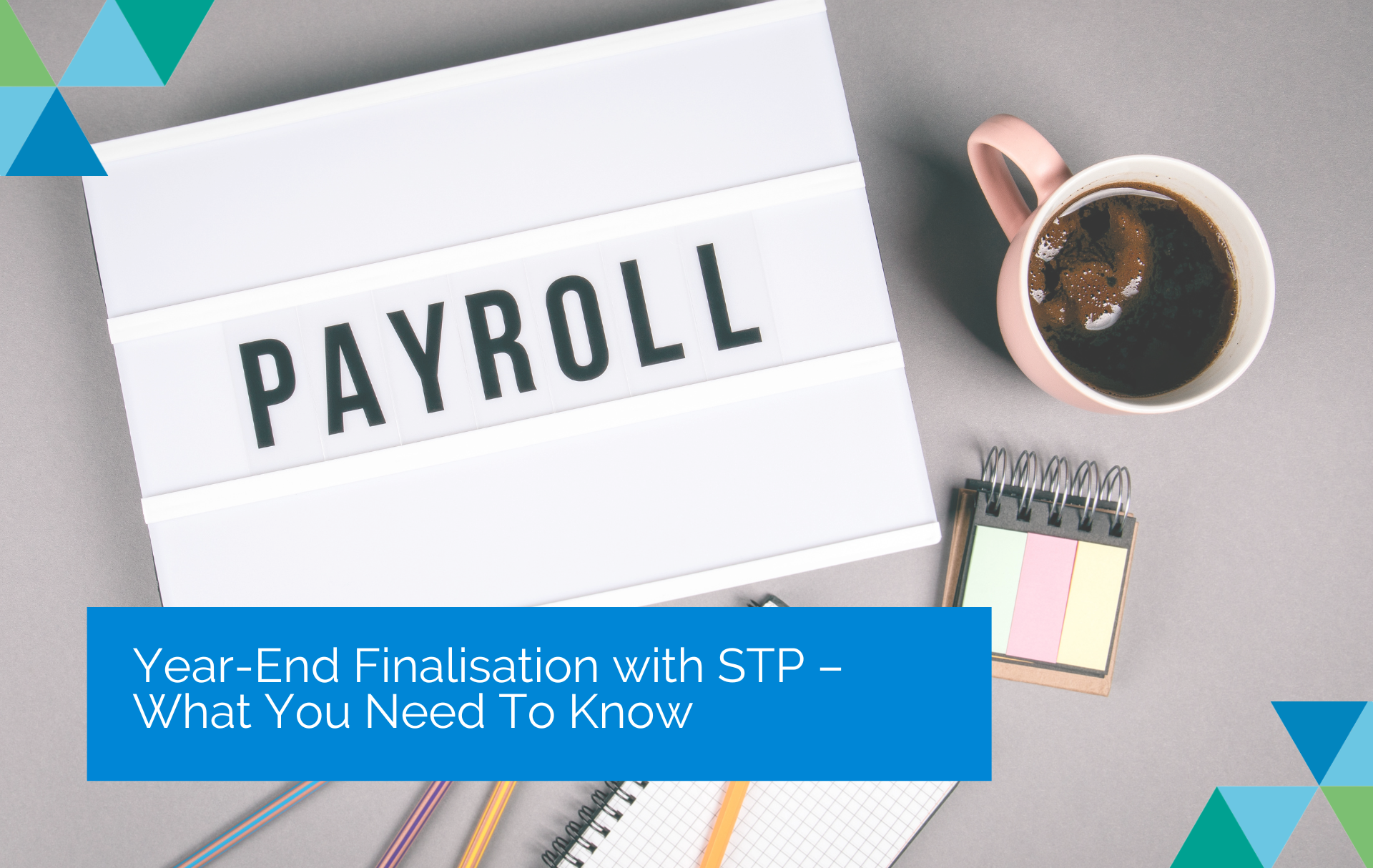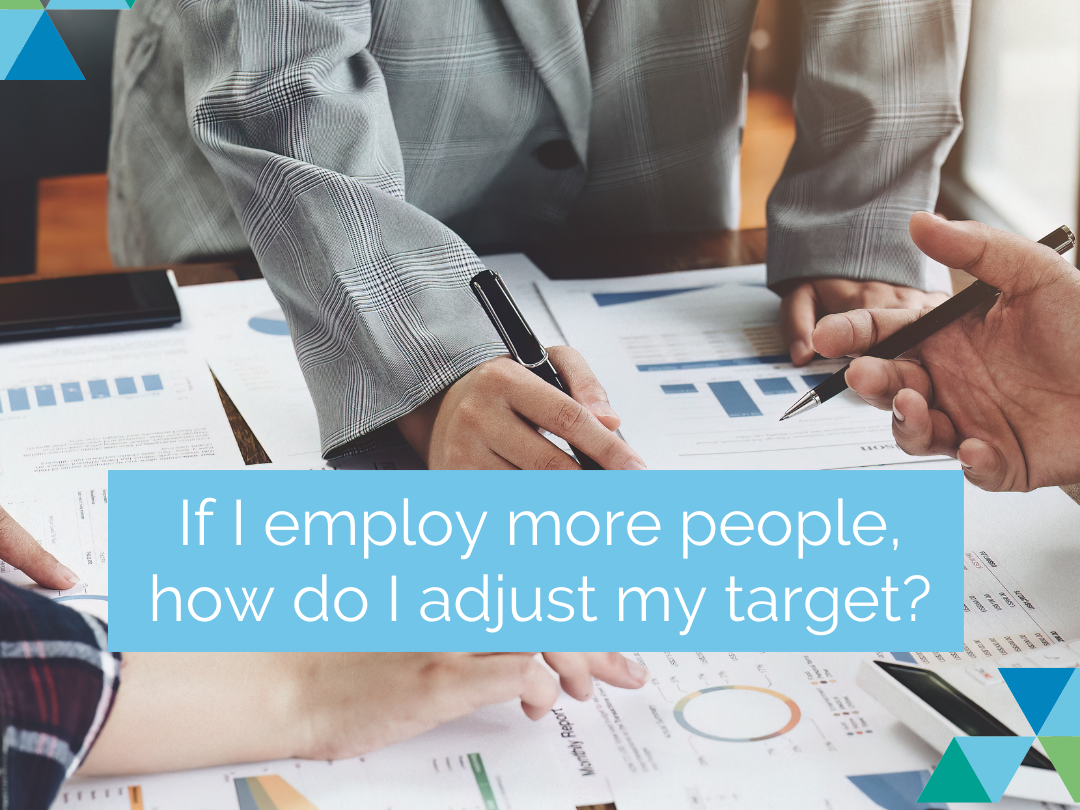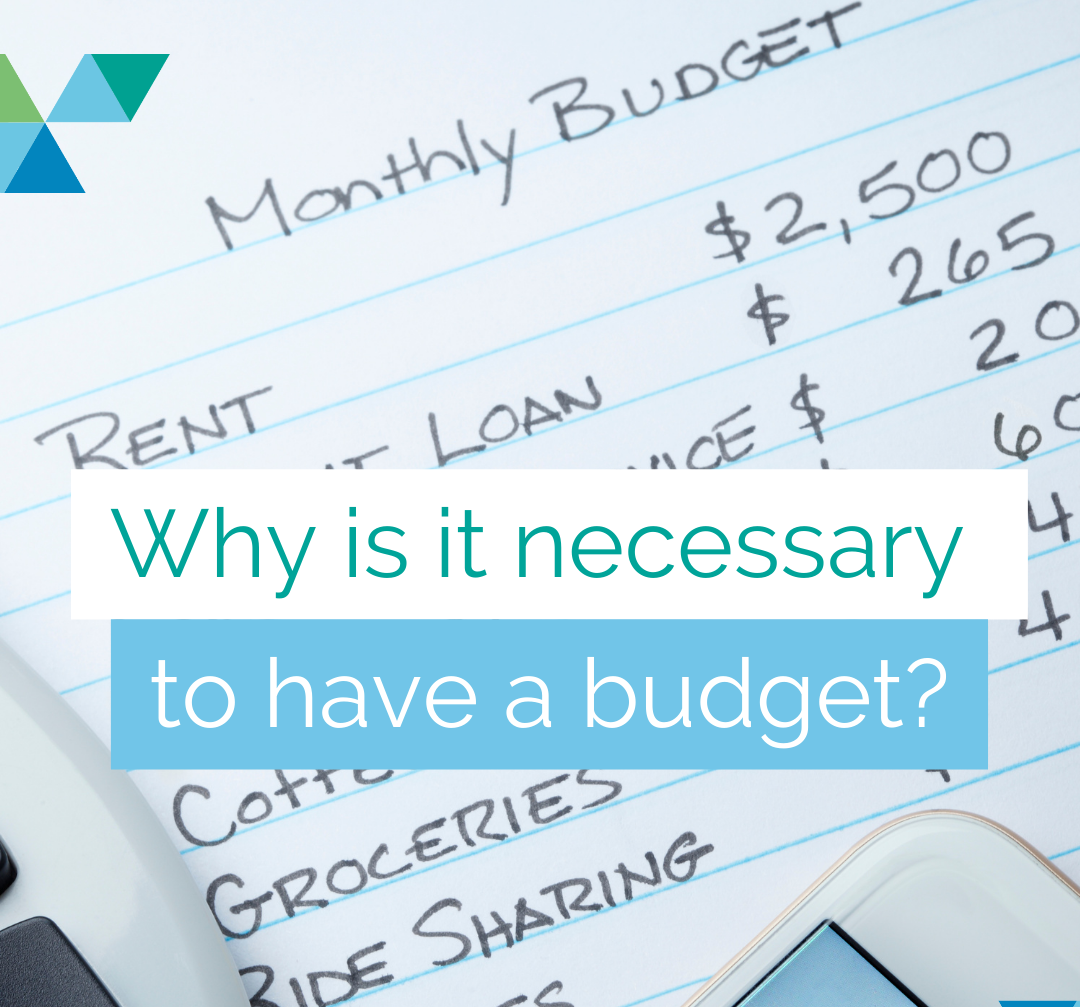Year-End Finalisation with STP – What You Need To Know

As the end of the financial year draws near, now is the perfect opportunity to organise your payroll processes in preparation for 30 June. Similar to previous years, employers are once again required to complete the finalisation of their annual payroll using the Single Touch Payroll (STP) system.
Below we have include the seven key details that you need to know about your STP finalisation.
Important Dates for STP Finalisation Events
Depending on your specific circumstances, the deadline for completing your STP finalisation may vary. Here are the key dates to keep in mind:
Employers with no closely held employees
· End-of-year STP finalisation due date: 14 July 2023
Employers with a combination of closely held and arm's length employees, having a total of 20 or more employees
· End-of-year STP finalisation due date for closely held employees: 30 September 2023
· End-of-year STP finalisation due date for all other employees: 14 July 2023
·
Small employers (19 or fewer employees) exclusively with closely held payees
· End-of-year STP finalisation due date: It will align with the payee's income tax return due date.
Making a Finalisation Declaration
To ensure your employees can access their information and complete their income tax returns accurately, be sure to finalisation your declaration by 14 July. Timely finalisation enables your employees to lodge their tax returns promptly, avoiding any unnecessary delays. Before making your finalisation declaration, double-check that your Single Touch Payroll (STP) information is accurate. If, for any reason, you cannot meet the deadline, you must apply for a deferral.
Benefits of Early Finalisation
If your data is ready before the deadline, you have the option to finalise it earlier. By doing so, you allow your employees to access their income information sooner, speeding up the process of lodging their tax returns.
Exemption from Providing Payment Summaries
Once you have reported and finalised your employees' information through STP, you are exempt from providing payment summaries to your employees and lodging a payment summary annual report. However, for payments not reported through STP, you still need to provide payment summaries to your employees and submit a payment summary annual report to the Australian Taxation Office (ATO).
Making Amendments
If you discover the need to make amendments after submitting a finalisation declaration, it is crucial to do so promptly. Amendments to finalised STP data can be made through your accounting software. It is advisable to inform your employees about any adjustments that will impact their income statements. If they have already lodged their tax returns, they may need to file an amendment.
Informing Your Employees
Communication with your employees is key to ensuring they understand the changes and processes involved. The ATO recommends providing the following information to your employees:
1. Employers are no longer required to provide payment summaries for information reported and finalised through STP.
2. Employees can access their year-to-date and end-of-year income statements online via myGov or consult their registered tax agent.
3. The term "income statement" replaces "payment summary."
4. Advise employees to wait until their income statement is marked as "Tax ready" before lodging their tax returns.
5. Encourage employees to review and update their personal details both with you and the ATO, as incorrect information may hinder their access to STP data.
6. If they don't have a myGov account, guide them through the process of setting one up.
What Your Employees Will See
Through the STP system, your employees can view their payment information at any time via the myGov online services. On 1 July, the status of their information will change from "year-to-date" to "not tax ready," indicating that the data is pending finalisation. Once you make the finalisation declaration, the status will change to "tax ready," allowing employees to proceed with lodging their tax returns.
If you have any concerns or questions about your tax obligations, it's always best to seek advice from a qualified professional. If you’d also like to benefit from our tax planning advice, please contact one of our team at admin@wrightsca.com.au.
Important notice: This article provides information rather than financial advice. The content of this article, including any information contained in it, has been prepared without taking into account your objectives, financial situation or needs. You should consider the appropriateness of the information, taking these matters into account, before you act on any information.

Liability limited by a scheme approved under Professional Standards Legislation









